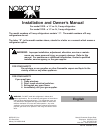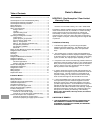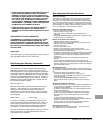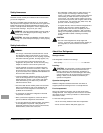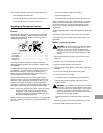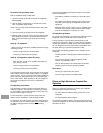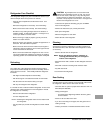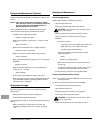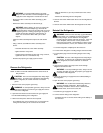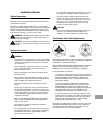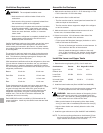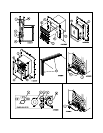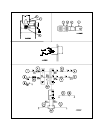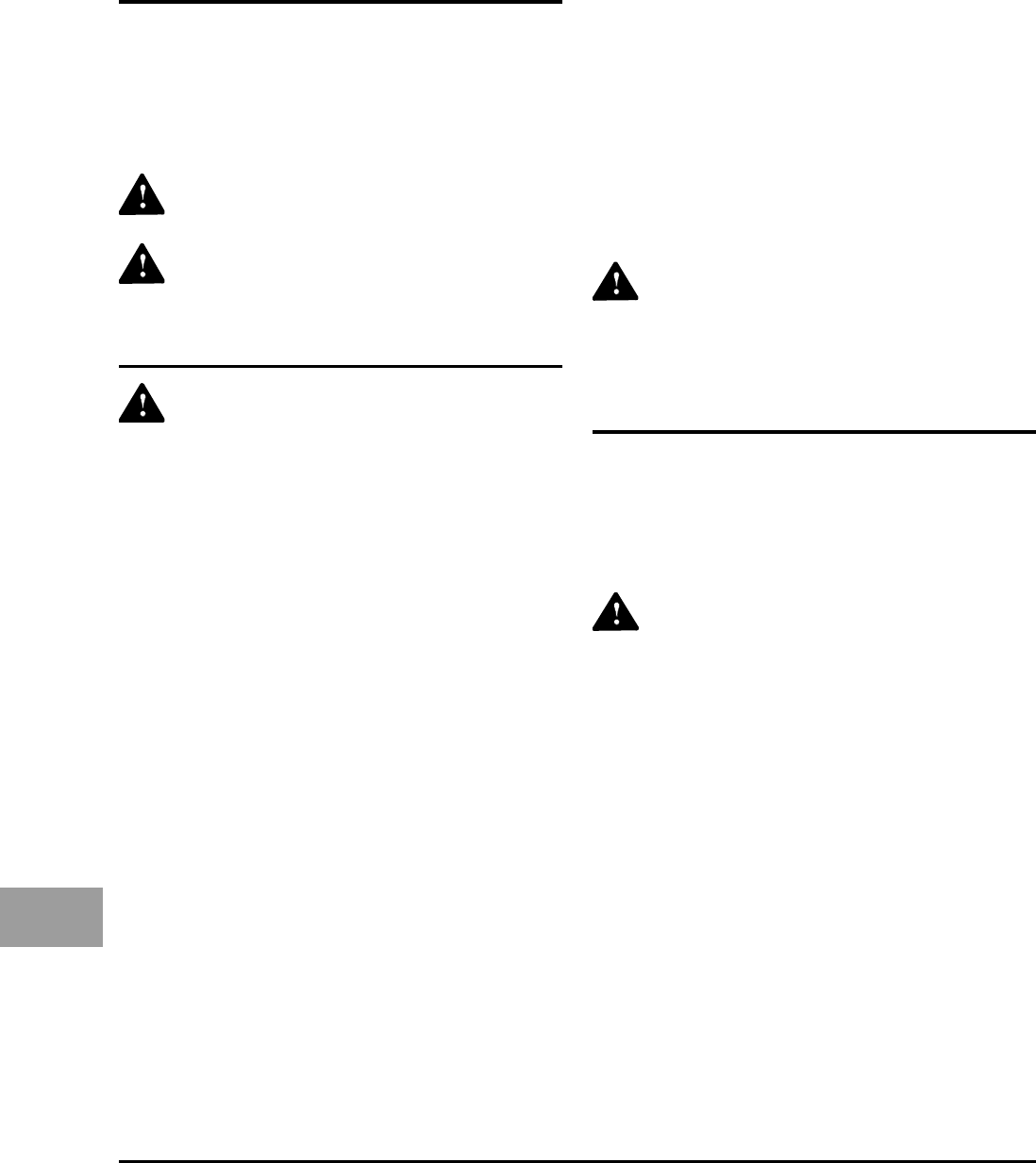
Installation and Owner’s Guide 4
- The refrigerator cooling system is under pressure. Do
not try to repair or to recharge a defective cooling
system. The cooling system contains sodium chromate.
The breathing of certain chromium compounds can
cause cancer. The cooling system contents can cause
severe skin and eye burns, and can ignite and burn with
an intense flame. Do not bend, drop, weld, move, drill,
puncture, or hit the cooling system.
- At regular intervals, make sure that the refrigerator flue
the burner, the vent areas, and the ventilation air
pathway between the vents are completely free from
any flammable material or blockage. After a period of
storage, it is especially important to check these areas
for any flammable material or blockage caused by
animals.
CAUTION:
- The rear of the refrigerator has sharp edges and
corners. To prevent cuts or abrasions when working on
the refrigerator, be careful and wear cut resistant
gloves.
About Your Refrigerator
Storage volume:
This refrigerator is made for food storage.
Total capacity................................................. 1.7 cubic feet
Leveling:
CAUTION:
The refrigerator is made to operate within 3°
off level side-to-side and 6° off level front-to-back (as
looking at the front of the refrigerator). Operating it at
more than these limits can cause damage to the cooling
system and create a risk of personal injury or property
damage. Make sure the vehicle is level before you
operate the refrigerator.
Operation during travel:
While the refrigerator should be level when the vehicle is
stopped, performance during travel is not usually effected.
Food compartment:
Start up the refrigerator and let it cool for eight hours before
loading with food. If the refrigerator does not start to cool down
after about two hours, contact your dealer or a Norcold autho-
rized service center.
For the best cooling performance:
- Let air move freely inside the entire food compartment.
- Do not cover the shelves with plastic, paper, etc.
Safety Awareness
Read this manual carefully and understand the contents before
you use the refrigerator.
Be aware of possible safety hazards when you see the safety
alert symbol on the refrigerator and in this manual. A signal word
follows the safety alert symbol and identifies the danger of the
hazard. Carefully read the descriptions of these signal words to
fully know their meanings. They are for your safety.
WARNING: This signal word identifies a hazard, which if
ignored, can cause dangerous personal injury, death, or
much property damage.
CAUTION: This signal word identifies a hazard, which if
ignored, can cause small personal injury or much property
damage.
WARNING:
- The storage of flammable materials behind or around
the refrigerator creates a fire hazard. Do not use the
area behind the refrigerator to store anything, especially
flammable materials (gasoline, cleaning supplies, etc.)
- Do not remove the round ground prong from the
refrigerator’s AC power cord. Do not use a two prong
adapter or extension cord on the AC power cord.
- A circuit overload can result in an electrical fire if the
wires and/or fuse are not the correct size. Either use
the wire and fuse sizes as written in this manual or refer
to your local codes or the applicable RVIA Standards for
the correct wire and fuse sizes.
- Incorrect installation, adjustment, change to, or mainte-
nance of this refrigerator can cause personal injury,
property damage, or both. Have service and mainte-
nance work done by your dealer or by an Norcold
authorized service center.
- Disconnect both the AC and DC power sources before
doing any maintenance work on the refrigerator. All
service work on this refrigerator must be done by a
qualified service technician.
- Do not bypass or change the refrigerator’s electrical
components or features.
- When you discard an appliance, remove all doors to
prevent accidental entrapement and suffoction.
- Do not spray liquids near electrical outlets, connections,
or the refrigerator components. Many liquids are
electrically conductive and can create a shock hazard,
electrical shorts, and in some cases, fire.
Safety Instructions



